From the Genoa Aquarium to Taranto: thus 100 marine horses repopulate the Piccolo Sea

A new release of over 100 specimens of Hippocampus Hippocampus in one of the three protected microRiserves created in the Mar Piccolo Regional Park
For the second year, after the first release in May 2024, The marine horses born and raised at the Genoa Aquarium returned to the Piccolo Mari di Taranto: they are over 100 youth specimens (6/7mese age) of the species Hippocampus Hippocampus. The release operations occurred in one of the three micro -bodys created during 2024 inside the Mar Piccolo Regional Park (LR n.30/2020) precisely for the protection of marine horses. Within the area it is An artificial structure has been installed to provide holds and refuge to animals and to encourage predation activities by the same.
The Piccolo Mari di Taranto, which until recently hosted one of the largest populations of marine horse in the Mediterranean, Since 2016 he has witnessed a very strong drop in the populations of the two species with a decrease in overall density around 90%. In addition to uncontrollable natural phenomena, such as global warming and heat waves, collapse may have been caused by accidental catches of artisan fishing, by the fragmentation of habitats and the illegal trade of marine organisms for use in traditional Chinese medicine.
On the occasion of the first release of over 160 specimens of Hippocampus Gutulatus occurred in 2024, they were take some couples of adults of the species Hippocampus Hippocampus That they were transported by the staff of the Genoa Aquarium In the Ligurian structure where, in the system of tanks specifically designed and dedicated exclusively to the pairs of the reproducers, the second phase of the reproduction project in the controlled environment has started. The staff of Biologists and Veterinarians of the Aquarium in Genoa in collaboration with the CNR and the University of Bari has conducted ethological studies on the species and has developed the reproduction protocol for this second species on the basis of the protocol for H. Gutulatus that in the first year of the project he had allowed the first reinforcement event.
All the specimens released today were carefully photographed on both sides of the boss for allow subsequent identification of individuals at sea through photoantification. Before the release, moreover, following the guidelines proposed by IUCN (International Union for the conservation of nature) for the initiatives of Reinforcement/Supplementation of threatened species populations, an accurate monitoring of the marine horse populations was carried out present in the microRiserve. To evaluate the effectiveness and impact of the restocking initiative, monitoring and photo-identification activities will be carried out for about 12 months starting from the date of release.


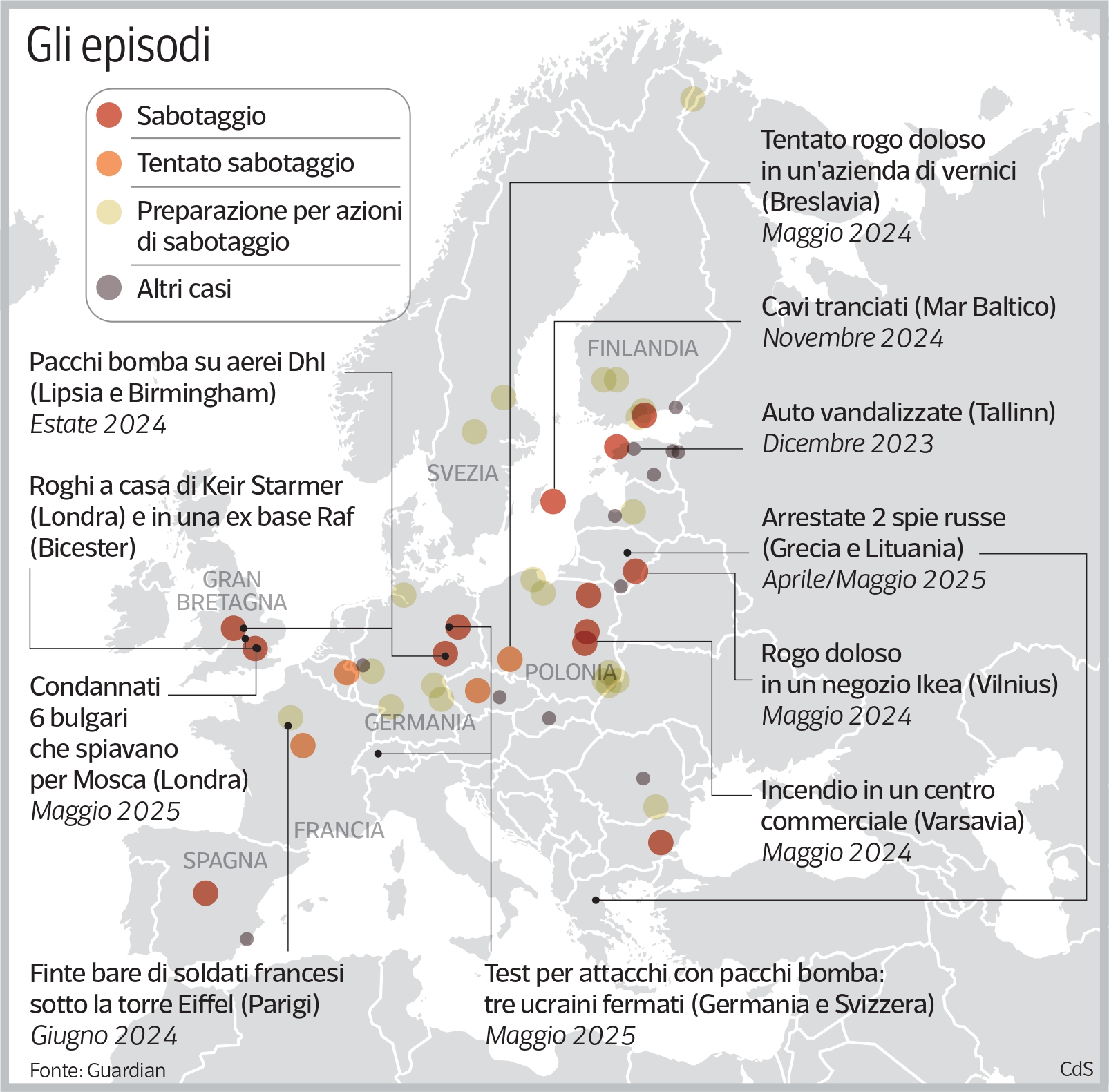
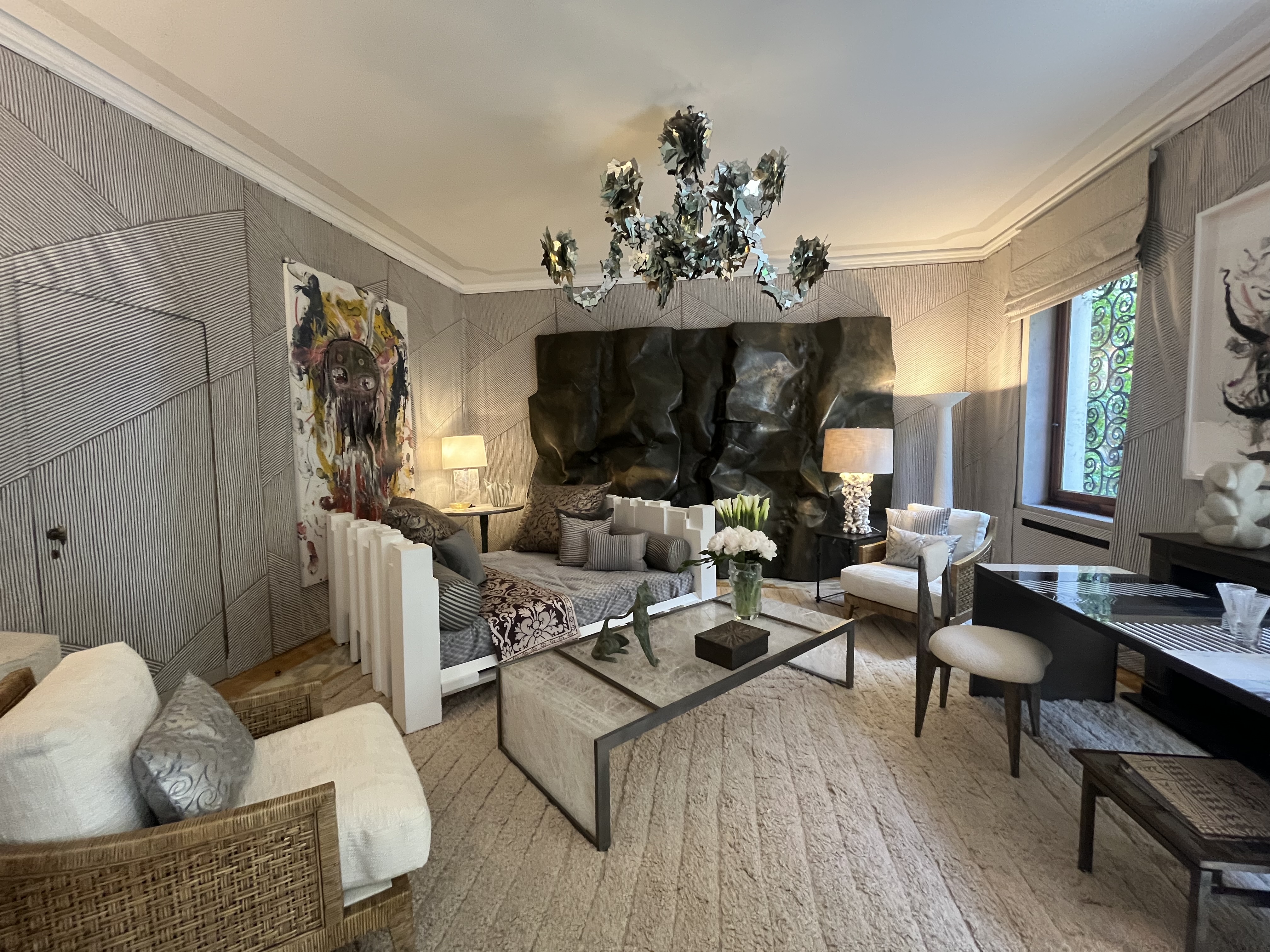

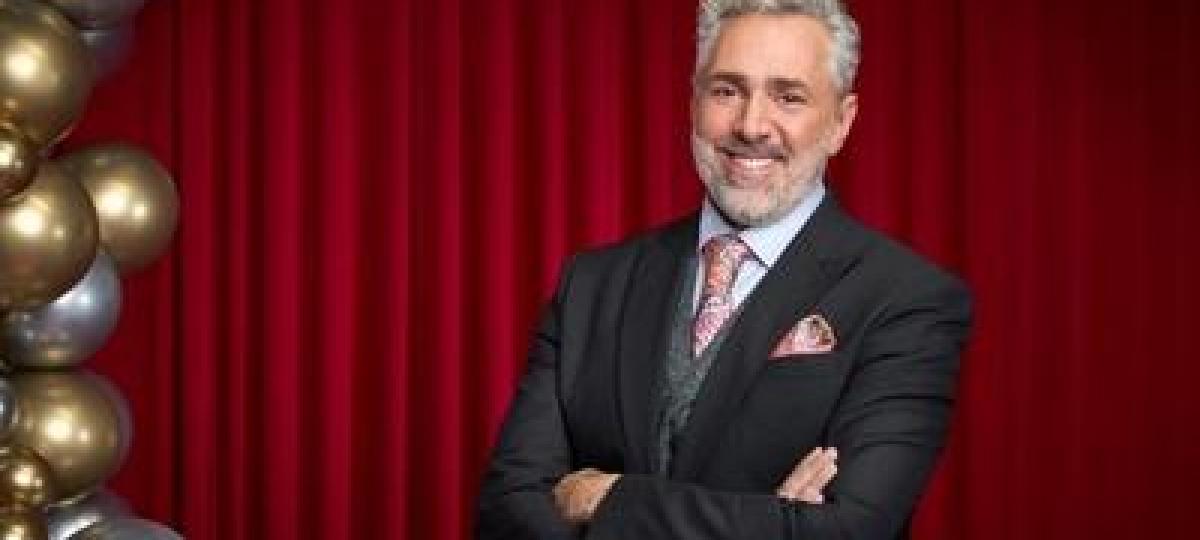
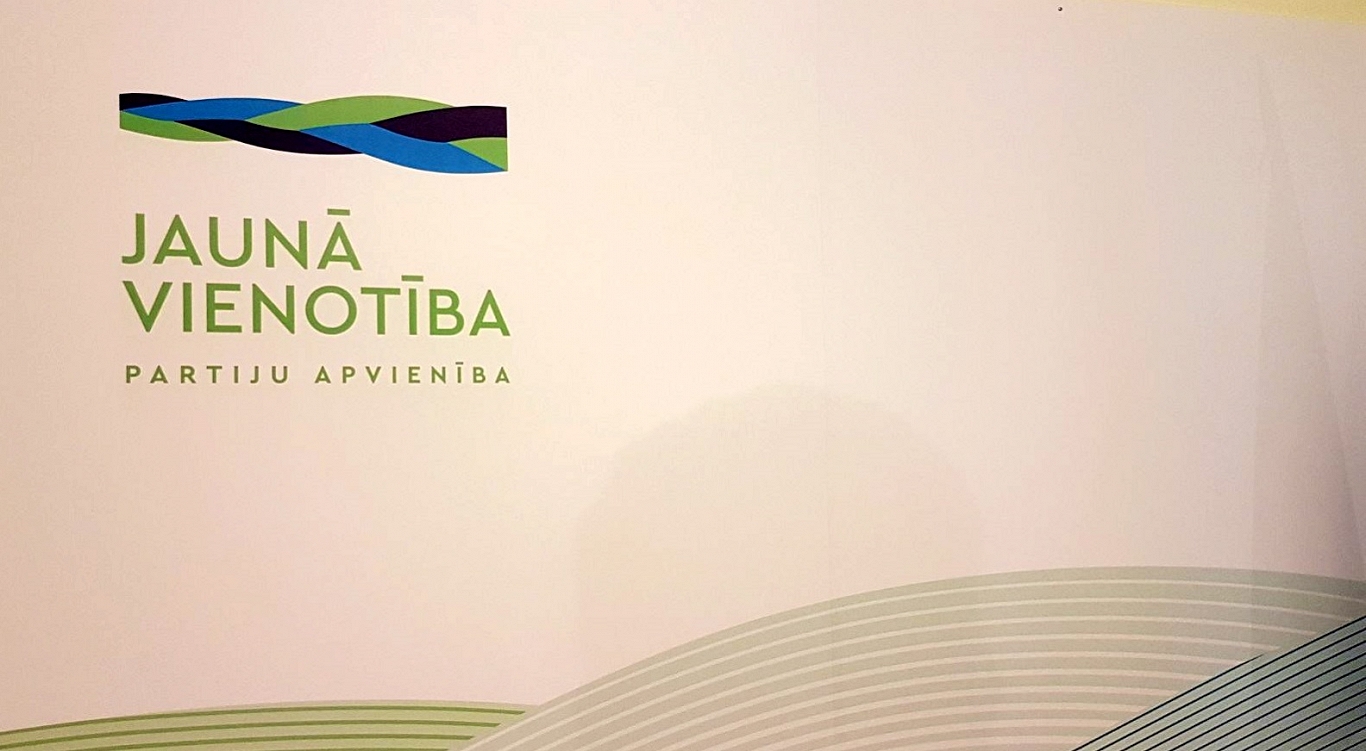
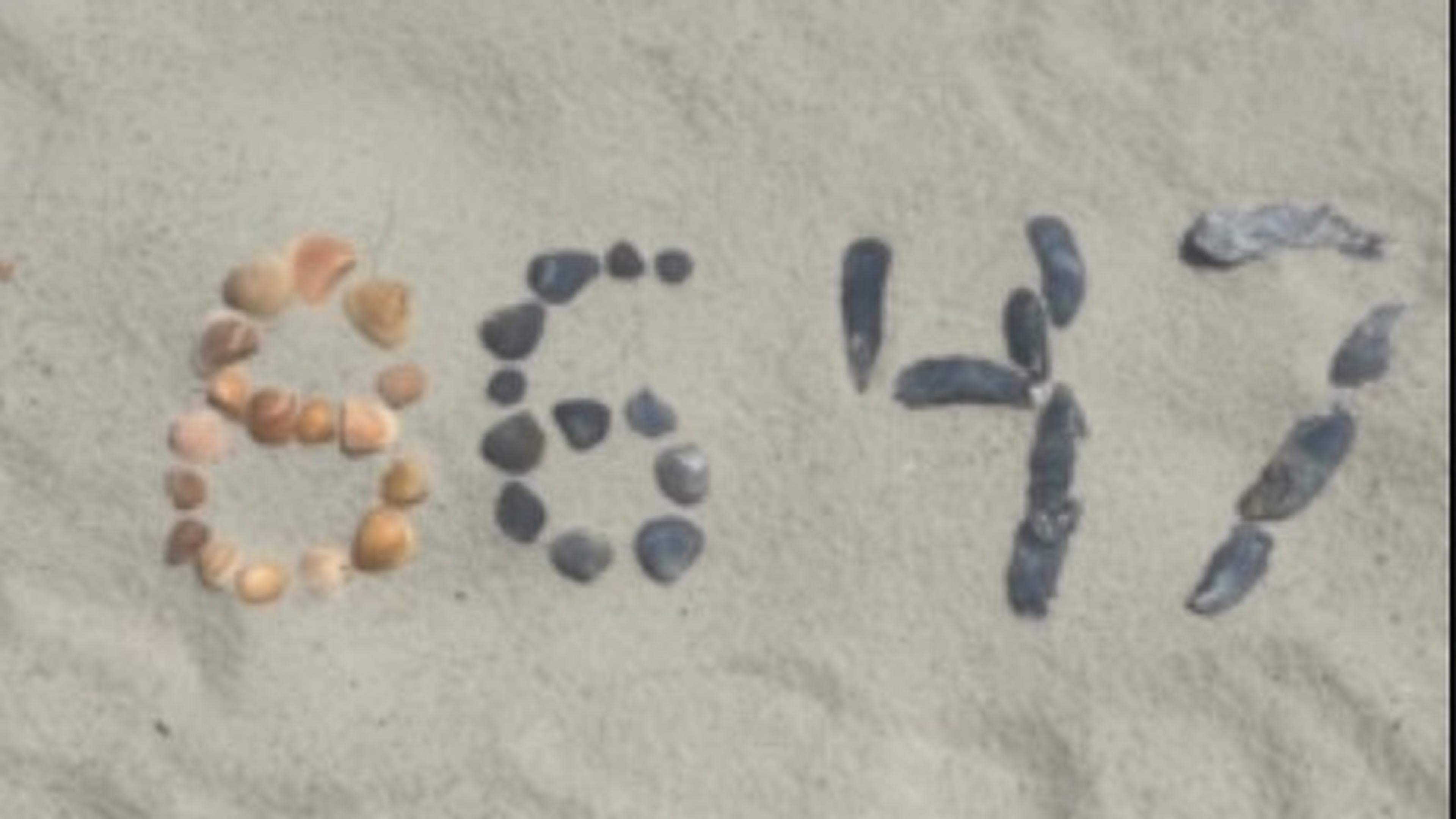
:format(jpeg):fill(f8f8f8,true)/s3/static.nrc.nl/wp-content/uploads/2019/10/youp5bij3.png)